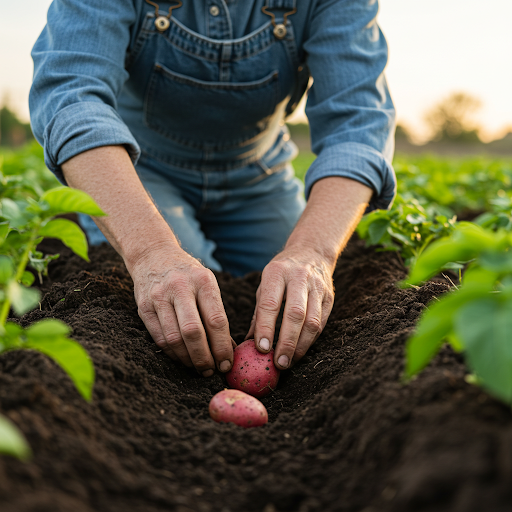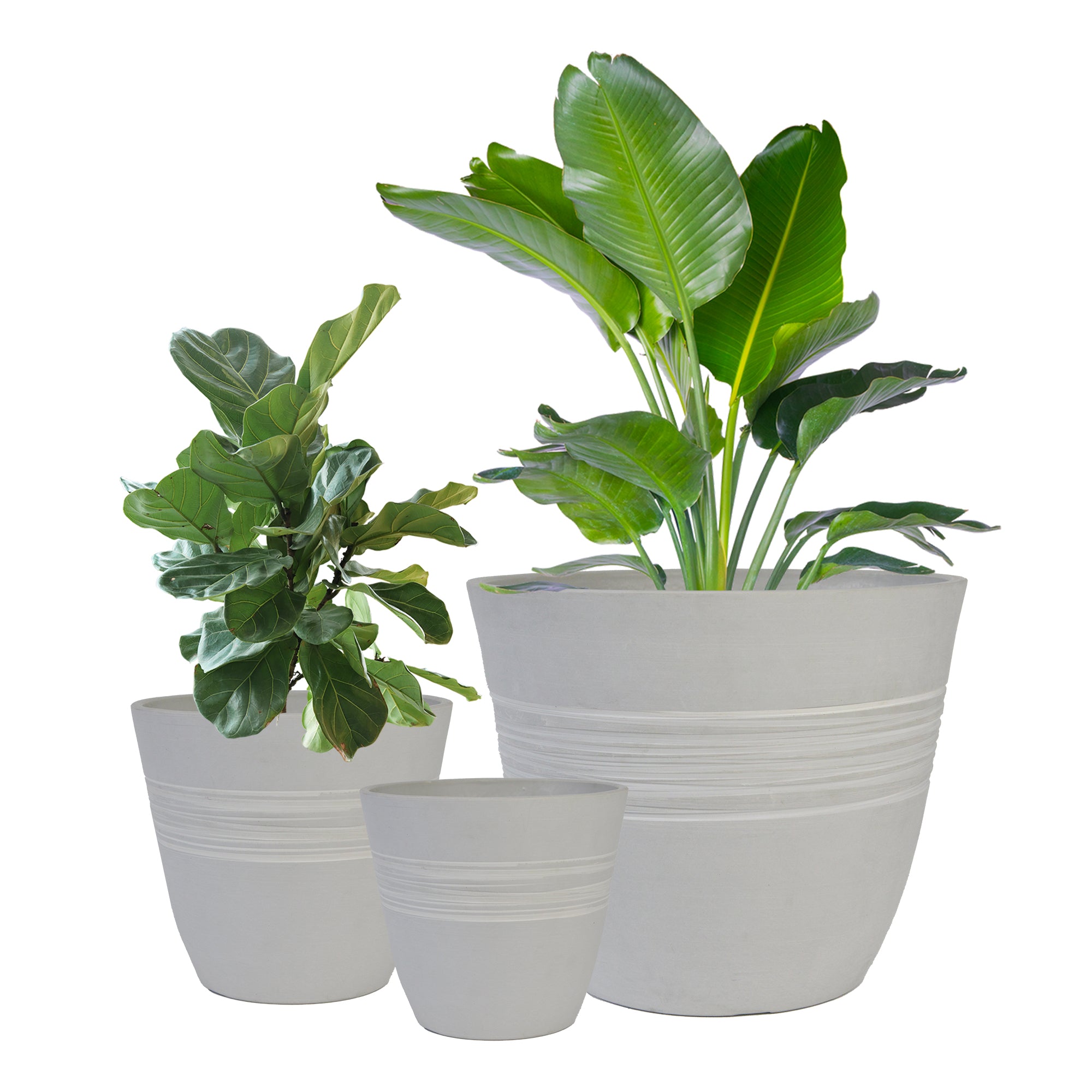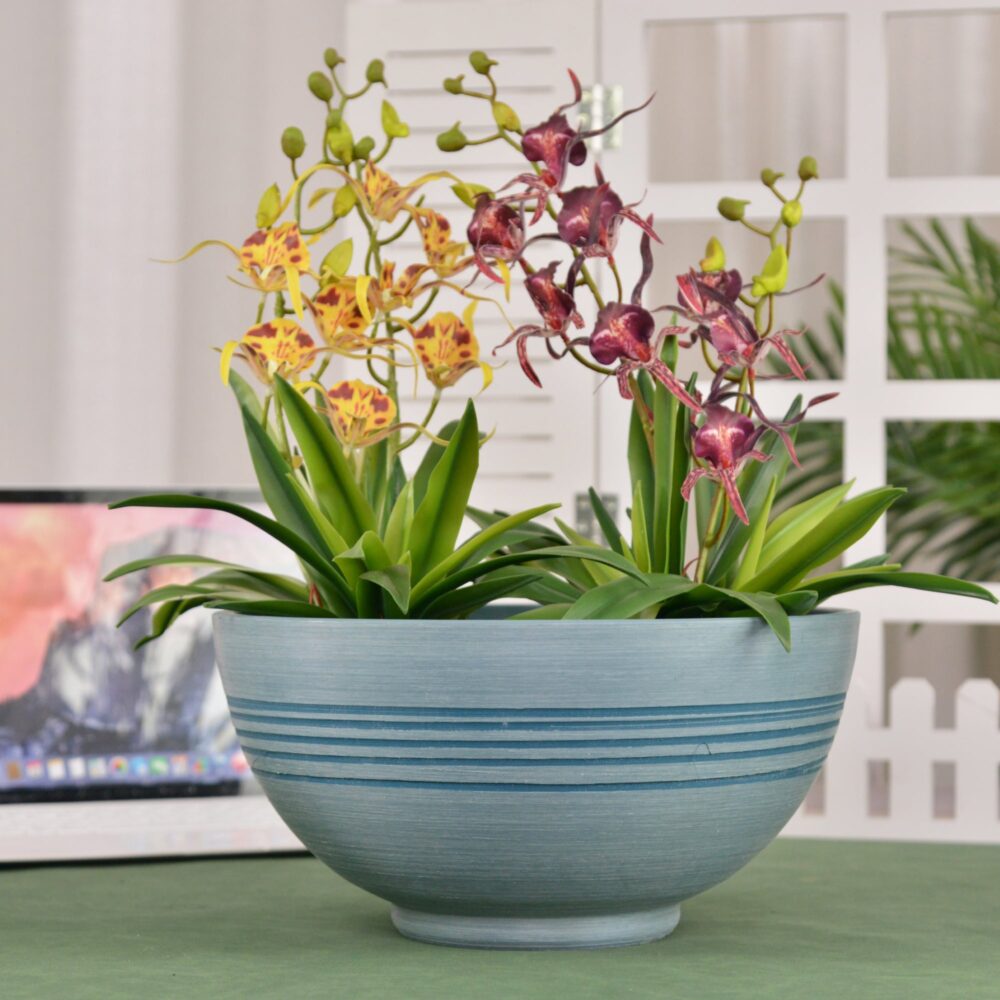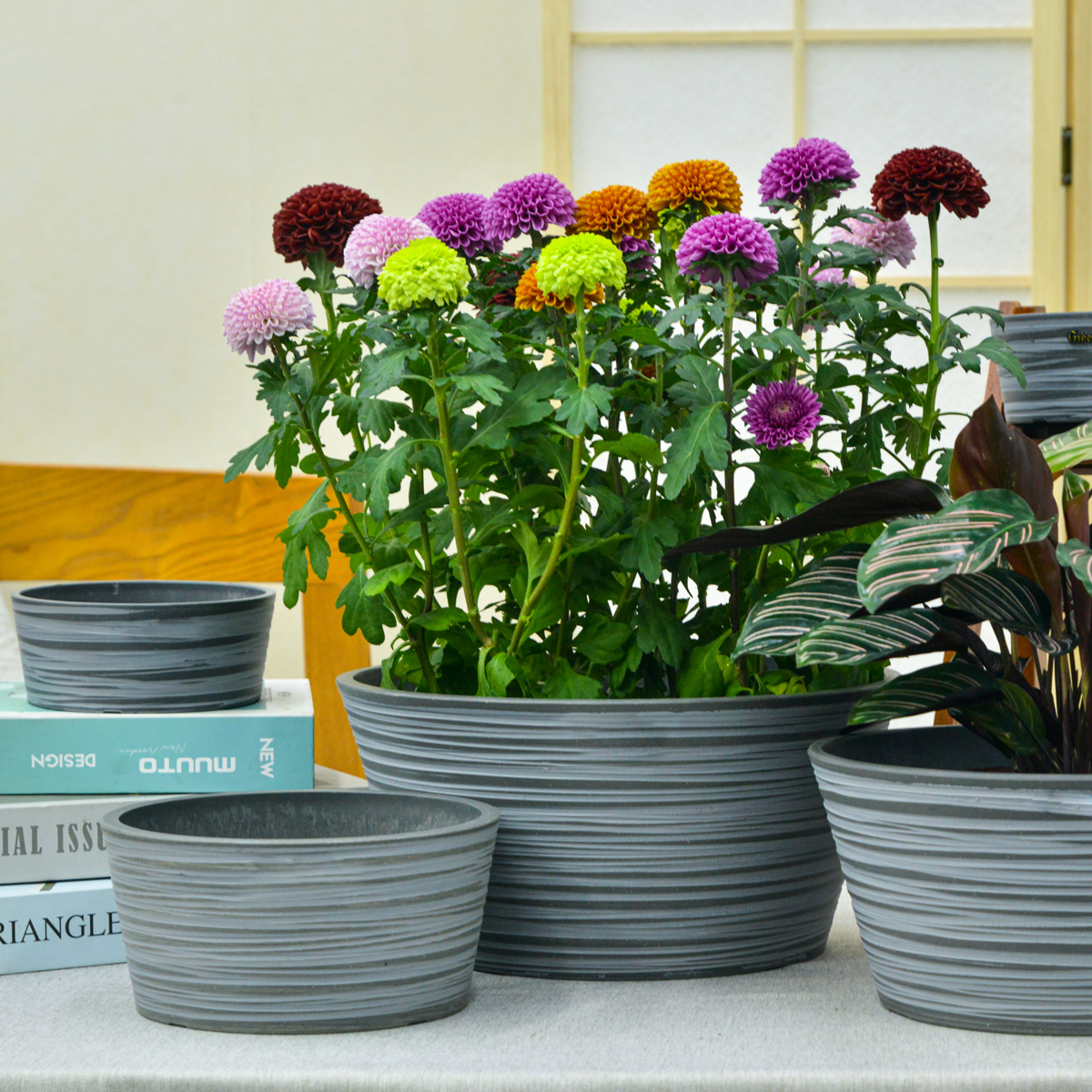Year-Round Sweet Potato Harvest: Growing in Old Soil Bags for Family Enjoyment
Imagine having a steady supply of delicious, homegrown sweet potatoes to feed your family throughout the year. Believe it or not, you might be able to achieve this using something you might already have on hand: old bags of soil. Growing sweet potatoes in bags is a surprisingly effective method, especially for those with limited garden space or less-than-ideal in-ground soil. Let’s explore how you can turn those old soil bags into a year-round sweet potato bounty.

Why Grow Sweet Potatoes in Old Soil Bags?
Using old soil bags (essentially large containers) to grow sweet potatoes offers several advantages:
- Cost-Effective: Reusing old soil bags is a budget-friendly way to garden.
- Space-Saving: Ideal for small gardens, patios, balconies, or urban environments.
- Improved Soil Control: You can amend the old soil to create the perfect growing medium for sweet potatoes.
- Warmer Soil Temperatures: Bags tend to warm up faster than in-ground soil, which sweet potatoes love.
- Easier Harvesting: Harvesting is often simpler in bags – you can simply tip the bag over to unearth the tubers.
Turning Old Soil Bags into Sweet Potato Gold:
Assess and Amend the Old Soil:
- Check for Quality: Ensure the old soil is relatively free of diseases and pests. If it seems heavily depleted or problematic, consider mixing it with fresh compost or a good quality potting mix.
- Improve Drainage: Sweet potatoes need well-draining soil. If your old soil is heavy clay, amend it with sand or perlite to improve drainage.
- Add Nutrients: Sweet potatoes are heavy feeders. Incorporate plenty of compost, aged manure, or a balanced organic fertilizer into the old soil to provide the necessary nutrients. Aim for loose, fertile soil.
Choose the Right Bag Size: Sweet potatoes need ample space for their tubers to develop. Opt for large, sturdy bags that are at least 10-12 inches in diameter and depth. Fabric grow bags are excellent as they allow for good drainage and aeration.
Select Sweet Potato Slips: Start with healthy sweet potato slips (young sprouts grown from a mature sweet potato). You can purchase these online or at local nurseries.
Planting the Slips: Once the soil in your bags has warmed up (typically after the last frost and when soil temperatures reach around 60°F/15°C), plant the sweet potato slips about 4-6 inches deep and 12 inches apart in each bag.
Watering and Mulching: Water the newly planted slips thoroughly. Once they establish, water regularly, especially during dry periods. Mulching with straw or shredded leaves can help retain moisture and suppress weeds.
Provide Sunlight: Sweet potatoes need at least 6-8 hours of direct sunlight per day to thrive.
Hill the Vines (Optional): As the vines grow, you can gently hill the soil around the base of the plants. This encourages more tuber development along the buried stems.
Achieving a Year-Round Supply:
Growing enough sweet potatoes for a year-round supply requires planning and proper harvesting and storage:
Grow Sufficient Quantity: Estimate your family’s consumption and plant accordingly. You might need several bags to produce enough sweet potatoes for the year.
Harvest at the Right Time: Sweet potatoes are typically ready for harvest about 90-120 days after planting, usually in the fall before the first frost. The vines will start to turn yellow and the leaves may begin to die back.
Handle with Care: Sweet potatoes bruise easily, so handle them gently during harvesting.
Curing is Crucial: This is the most important step for long-term storage. After harvesting, cure the sweet potatoes in a warm (80-85°F/27-29°C) and humid (85-90% humidity) environment for about 7-10 days. This process heals minor bruises, converts starches to sugars (making them sweeter), and hardens the skins for better storage.
Proper Storage: After curing, store the sweet potatoes in a cool (55-60°F/13-16°C), dark, and well-ventilated place with moderate humidity. Avoid storing them in the refrigerator, as this can cause them to develop a hard core and lose flavor.
Monitor During Storage: Check your stored sweet potatoes periodically for any signs of spoilage and remove any damaged ones to prevent the rot from spreading.

Conclusion: Sustainable Sweet Potatoes from Simple Soil Bags
Growing sweet potatoes in old bags of soil is a sustainable and cost-effective way to provide your family with a delicious and nutritious food source throughout the year. By amending the soil properly, providing adequate care, and following the essential steps for curing and storage, you can enjoy the fruits (or rather, the tubers!) of your labor long after the growing season ends.
Modern Plant Pots丨Planter for Indoor Plants,8 inch or 10 inch Plant Pots with Drainage Hole,Decorative Flower Pots
By greenship-seo|2025-04-10T08:32:55+00:00January 7, 2025|Categories: Hand-carving Series|Tags: Decorative Flower Pots, Self-Watering Pots|
k2-21G
By greenship|2024-08-13T06:17:26+00:00August 13, 2024|Categories: Hand-carving Series|
KC2-11V
By greenship|2024-08-16T05:39:50+00:00August 16, 2024|Categories: Hand-carving Series|
Plant Pots 6 inch 8 inch 12 inch for Indoor Outdoor Plants, Set of 3 Modern Decorative Planter with Drainage Hole, Decorative Flower Pots
By greenship-seo|2025-04-10T06:38:40+00:00January 16, 2025|Categories: Hand-carving Series|Tags: Decorative Flower Pots|
13 inch Planter for Indoor Plants, Set of 2 Modern Decorative Plant Pots with Drainage Hole, Cute Bowl Shape Flower Pots
By greenship-seo|2025-04-10T07:41:46+00:00January 10, 2025|Categories: Hand-carving Series|Tags: Decorative Flower Pots, Self-Watering Pots|
11THD
By greenship|2024-08-13T02:52:20+00:00August 13, 2024|Categories: Hand-carving Series|






